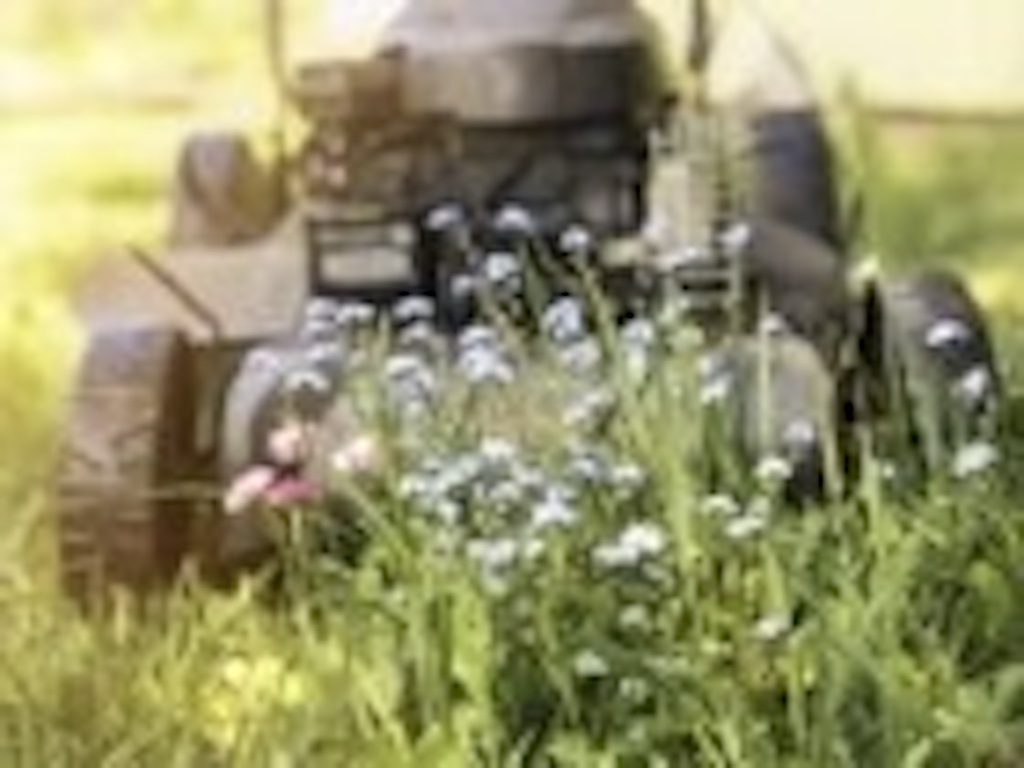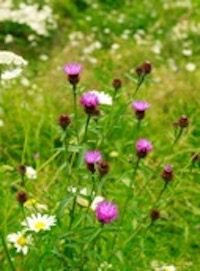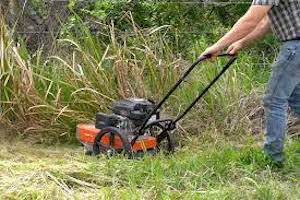Issue 7 | March 2023 | No Mow May

By Josalyn Bonney, CSH2O Intern
Is mowing the lawn an annoying task that’s usually put off until the grass is long enough that you can see it growing? Well, I’ve got some good news for you this spring. While it might still seem like a long way off, it’s time to start thinking about the to-do list that comes with the warmer months. A relatively new initiative called “No Mow May” is taking place where citizens are putting off lawn care until summer. That’s right; a whole season with one less chore to do.
Leaving your lawn to the natural elements helps pollinators (such as bees and butterflies) get a jump start on doing their jobs. While dandelions, clover and other wildflowers might be an eyesore to us, these plants are full of nutrients for these insects. Some studies have found that letting your grass grow has increased the presence of bees anywhere from five to ten times the average amount. More and more people are joining this effort to help improve the pollinator population.  There are many benefits to joining these numbers. Not only does it help improve pollinator activity during the spring and summer, but it also increases the diversity of your backyard. Over 200 wild plant species were found in lawns with longer grass. Despite their classification as weeds, you’ll get an aesthetically pleasing spring color after months of dead grass. Surprisingly, even nuisances such as dandelions have beneficial purposes. Their long roots help to loosen your soil; and they pull important nutrients up for other plants to use, which makes them a natural fertilizer. Finally, you can train your lawn to be more resilient if you let your grass take care of itself. This is especially helpful in the long, dry summer months.
There are many benefits to joining these numbers. Not only does it help improve pollinator activity during the spring and summer, but it also increases the diversity of your backyard. Over 200 wild plant species were found in lawns with longer grass. Despite their classification as weeds, you’ll get an aesthetically pleasing spring color after months of dead grass. Surprisingly, even nuisances such as dandelions have beneficial purposes. Their long roots help to loosen your soil; and they pull important nutrients up for other plants to use, which makes them a natural fertilizer. Finally, you can train your lawn to be more resilient if you let your grass take care of itself. This is especially helpful in the long, dry summer months.
Unfortunately, there are two catches with “No Mow May”. The first is the legal issue. Many towns have weed ordinances that may make a natural-looking lawn problematic. Organizations such as the Homeowner Association might restrict grass height. If that’s the case, it’s recommended to speak with community leaders, whether they be the head of the HOA or government officials. In some cases, there was enough neighborhood cooperation that law-making authorities agreed to waive the ordinance. You might even get the law changed as the couple in this article did. As a result of their efforts, Maryland passed the first law in this country protecting native plants from HOA bans.
Make sure to do some research about local rules before you avoid cutting your grass entirely. You can inform your neighbors of what you’re doing by putting up these printable signs, and the “advertisement” might even encourage them to join as well.
The second catch, and a piece of “safety” advice, concerns what to do once May is over. Long grass can be a hazard for your lawnmower and might be a reason why you wouldn’t want to participate; however, there are some suggestions to ensure the longevity of your equipment. Don’t cut your lawn all at once. Instead, trim it gradually so it’s not a shock to both your grass or your mower.  Additionally, you can cut some of your grass throughout the month as long as there are patches of longer areas. While this is an excellent way to encourage both native wildlife and plants, this isn’t an endpoint for an eco-friendly garden. There are many more ways to help improve the local environment. If you want a more condensed version of “No Mow May,” selecting flowers for a pollination garden is a great way to contribute to the effort.
Additionally, you can cut some of your grass throughout the month as long as there are patches of longer areas. While this is an excellent way to encourage both native wildlife and plants, this isn’t an endpoint for an eco-friendly garden. There are many more ways to help improve the local environment. If you want a more condensed version of “No Mow May,” selecting flowers for a pollination garden is a great way to contribute to the effort.
Spring yard cleanup can also be beneficial to prepare your garden for the warmer months. Removing debris is always a good first step to a summer-ready garden by raking up the last of fall’s leaves, picking up sticks (that helps more than you may think) and clearing out dead leaves and stalks. If you’re wanting to add a pollinator garden this season, early spring is the recommended time to prepare and plant flower beds. Lastly, applying mulch will keep in moisture and protect your plants during the dry season.
Hopefully, this has convinced you to encourage the growth of the local pollinator population this year. If nothing else, this was a well-thought-out ploy to persuade my mom to let me off mowing duties for a month!

